The Danube (3 page)
Authors: Nick Thorpe
20 The monument to the Soviet liberators at Batina, Croatia. The Red Army crosses the Danube in November 1944, under the onslaught of German artillery.

21 ‘The best flood protection is a wide floodplain, to absorb the rising waters’: snails waiting for the all-clear, after the floodwaters fell, Kopački Rit.

22 ‘The flood waters are already climbing the steps of the Hungarian Parliament, and are expected to peak in the capital on Sunday night.’ Budapest, June 2013.
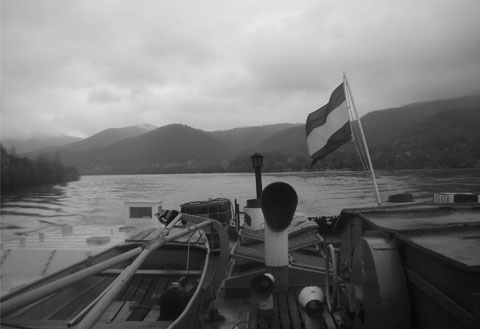
23 The Danube bend in Hungary from the stern of the
Tatabánya
, March 2010. Just seven months later, she was wrecked off the Turkish coast.
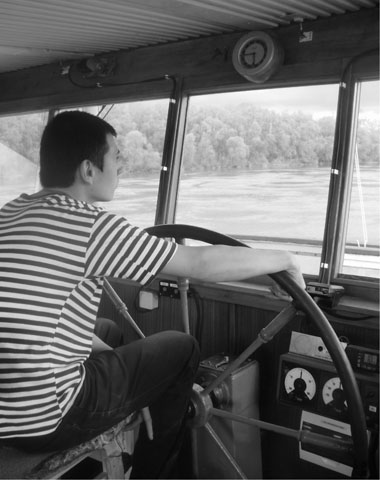
24 At the helm of the
Tatabánya
, heading upriver with the mainland on the left, Szentendre Island on the right.
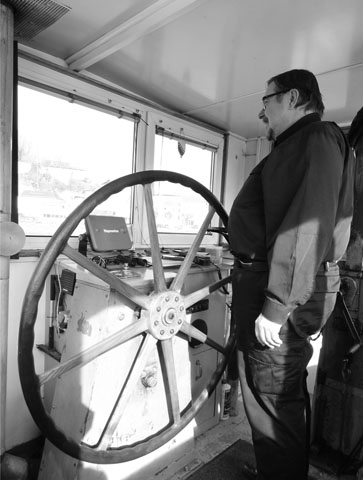
25 ‘The best job in the world.’ Hermann Spannraft at the wheel of the cable ferry, Ottensheim, Austria.
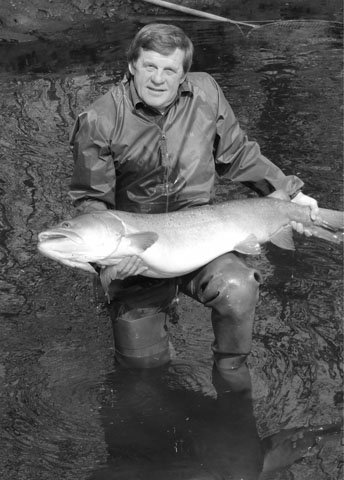
26 ‘I haven't eaten salmon for ten years' Josef Fischer and his fish, Rossatz, Austria. A love affair with a threatened species.
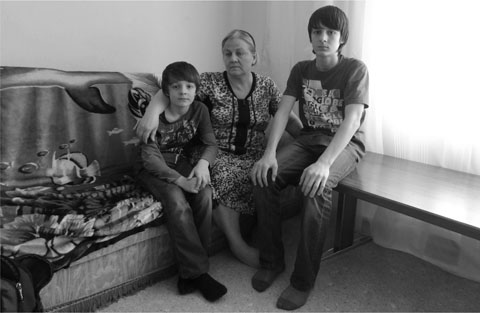
27 ‘I would like to look after people,’ says Hava, ‘because I have been through so much myself. I know how much help people need.’ The Atsaeva family in Grein, Austria.
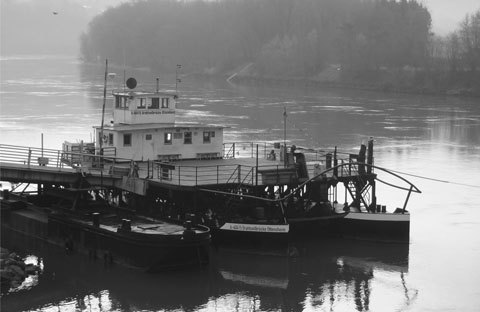
28 Hi-tech from the nineteenth century. The cable ferry at Ottensheim, one of only four left on the Danube. The ferry uses no power other than the current of the river.
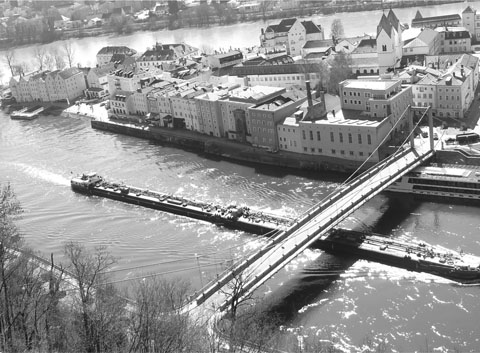
29 The Inn and the Danube meet at Passau. The ‘white gold’ of salt was exchanged for the yellow- orange gold of wheat.
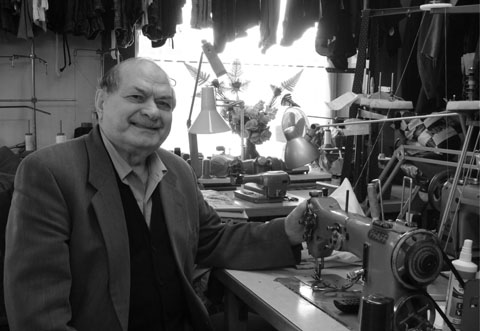
30 The tailor of Ulm: The Danube dilutes his homesickness. ‘I'm glad that I live so close to a river which flows all the way to the Black Sea.’
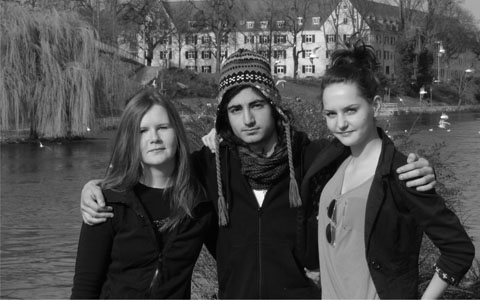
31 The youth of Ulm. Geraldine, Erdem and Theresa. Three kids, just starting out. An image of a harmonious, modern Germany.
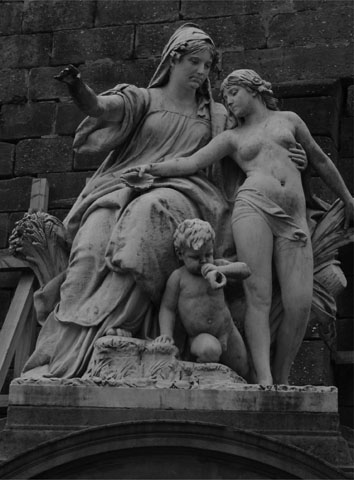
32 Mother Baar shows the young Danube the way to the Black Sea. The Baar is a plateau in south-western Germany, bordering the Black Forest.
Acknowledgements
T
HE
D
ANUBE
has wound its way through the many years I have lived in Hungary and eastern Europe – sometimes straight as an arrow, sometimes wild and meandering. As I began to write this book, my relationship with the river became more intimate. It was as if the river looked back and watched me for the first time. When I arrived at the end of the journey in Donaueschingen, I realised that I now carry the whole river within me.
Many people, friends and strangers, helped make this journey and this book possible. The list below is seriously incomplete.